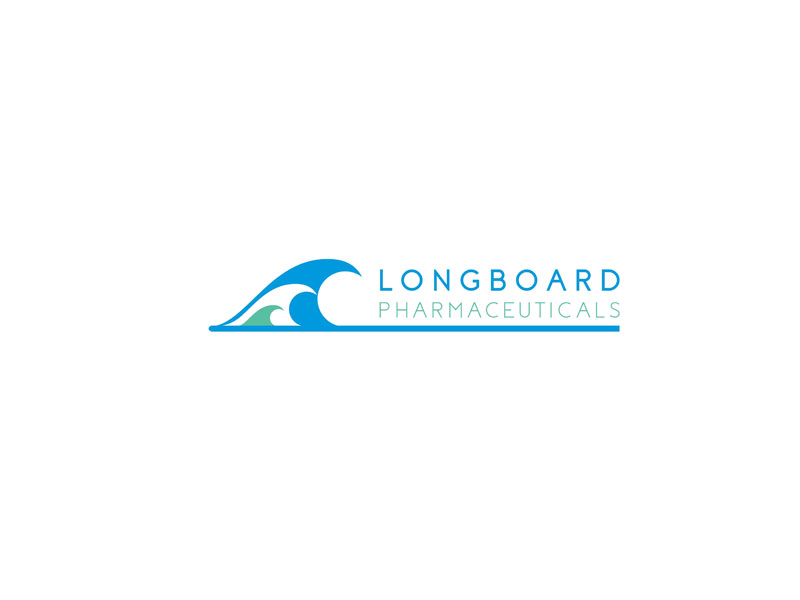The experience of a human life is known for its expansiveness, and yet the most notable thing about is our pledge to improve on a consistent basis. This progressive approach, on our part, has already got the world to hit upon some huge milestones, with technology appearing as a major member of the stated group. The reason why technology enjoys such an esteemed stature among people is, by and large, predicated upon its skill-set, which ushered us towards a reality that nobody could have ever imagined otherwise. Nevertheless, if we look up close for a second, it will become clear how the whole runner was also very much inspired from the way we applied those skills across a real world environment. The latter component was, in fact, what gave the creation a spectrum-wide, and consequentially, kickstarted a tech revolution. Of course, this revolution then went on to scale up the human experience through some outright avenues, but even after achieving such a monumental feat, technology will somehow continue to produce the right goods. The same has grown increasingly evident over the recent past, and assuming one new healthcare-themed development shakes out just like we envision, it will only make trend bigger and better moving forward.
Longboard Pharmaceuticals, a clinical-stage biopharmaceutical company focused on developing novel and transformative medicines for neurological diseases, has officially revealed positive topline data from a PACIFIC study, which was tasked with evaluating its latest drug candidate, bexicaserin (LP352). To give you some context, bexicaserin is a potentially best-in-class and highly selective, oral, novel 5-HT2C receptor superagonist for seizures, bearing connections to a broad range of Developmental and Epileptic Encephalopathies (DEEs). Talk about the stated PACIFIC study a little more, it enrolled around 52 participants, aged 12-65 years, old with a DEE diagnosis, and it did so across 34 different sites. However, before the pool of subjects was finalized, there was a 5-week screening period, along with baseline evaluations, during which participants initiated a dose titration over a 15-day period. Here, they would continue on the highest tolerated dose throughout the maintenance period spanning 60 days. Once the enrollment phase was done, though, the study moved on to evaluating the safety, tolerability, efficacy and pharmacokinetics of oral bexicaserin in 6 mg, 9 mg and 12 mg doses, supposed to be administered thrice a day versus placebo. Notably enough, the only diagnoses that were deemed as eligible for the study included DS, LGS, and other qualifying DEEs. Anyway, out of 52 participants who made it into the last cut, 43 in total were randomized to bexicaserin, whereas 9 were given placebo. Furthermore, the median number of countable motor seizures per 28-day period at baseline was 38.8 in the bexicaserin group, and as for the placebo contingent, it was somewhere around 20.8. Another detail worth a mention here would be the fact that all participants were to remain on a contemporary, stable polytherapy regimen of up to 4 anti-seizure medications (ASMs), including clobazam, cannabidiol, lamotrigine and levetiracetam. So, what did the results reveal? Well, going by the available details, the median change in countable motor seizure frequency for participants treated with bexicaserin observed a decrease of 53.3%, significantly higher than a 20.8% decrease seen in those who received placebo. This directly translated to a placebo-adjusted reduction of 32.5% in seizure frequency Moving on, the median change in countable motor seizure frequency across the DS, LGS and DEE Other cohorts was essentially a decrease worth 72.1%, 48.1%, and 61.2%, respectively. In this case, a placebo-adjusted reduction in seizure frequency settled at 27.3% and 28.6% for LGS and DEE Other, respectively.
“These exciting PACIFIC Study results underscore our belief that bexicaserin’s differentiated profile will translate into a clinically and commercially best-in-class product and has the potential to redefine the standard of care in DEEs. We are pleased to see such strong seizure reduction across a wide range of DEE syndromes with varying etiologies coupled with favorable safety and tolerability results,” said Dr. Randall Kaye, Chief Medical Officer at Longboard Pharmaceuticals. “We would like to thank the entire DEE community, including study participants, their caregivers and advocacy groups, as well as the investigators, sites and coordinators for their participation and continued partnership as we advance into a Phase 3 program.”
To offer more details on the safety of Longboard’s latest brainchild, bexicaserin put on display favorable tolerability results. Such a feature is only reinforced by the fact that most participants (85.7%) in the bexicaserin treated group were able to tolerate the highest dose of 12mg. For the participants who did experience some adverse effects, the most common ones were reported to be somnolence, decreased appetite, constipation, diarrhea and lethargy.
“As the principal investigator, I am delighted to see these highly anticipated and, more importantly, clinically meaningful results from the PACIFIC Study. Physicians are looking for options with fewer side effects and less burden, and that are easy to add onto existing medications in these patients with highly refractory, treatment resistant seizures. This is an innovative and unique approach to clinical development in broadening research across the DEE population. I am looking forward to participating in the future development of this compound,” said Dennis Dlugos, MD, MSCE, pediatric neurologist at Children’s Hospital of Philadelphia, Vice President & Officer of the Epilepsy Study Consortium, and Principal Investigator of Longboard’s PACIFIC Study



















